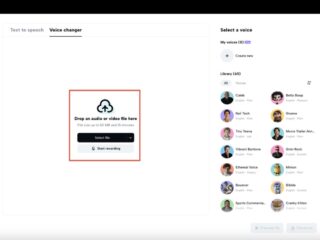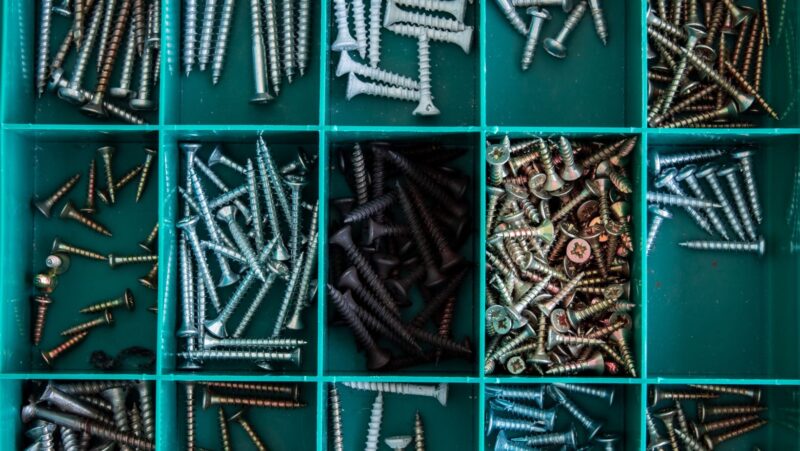
Counter-Strike skins – they’re flashy, they’re fancy, and sometimes, they’re ridiculously expensive. But what is it about these virtual weapon wraps that makes people shell out more than the cost of a decent gaming chair? Let’s break it down.
Rarity: The Unicorn Effect
Ever heard of the Dragon Lore? Of course, you have. It’s the holy grail of Counter Strike skins, sitting at the intersection of beauty and scarcity. Rarity is the golden ticket here. Skins are categorized by their rarity – think consumer grade (common) to Covert (ultra-rare). If a skin is tough to find, players will pay top dollar to flaunt it in their inventory.
But it’s not just about a low drop rate. Limited-time releases, like those tied to special events or cases, add to the mystique. It’s the simple law of supply and demand – the fewer there are, the more someone will pay to own it.
Condition: Scratches Matter, Even for Pixels
Skins in Counter-Strike aren’t just about having the right look; they’re about having the right look in the right condition. Enter float values. This is a fancy term for how “worn” a skin appears, ranging from Factory New (pristine) to Battle-Scarred (let’s just say it’s seen better days).
Players want their skins shiny and clean – Factory New skins often fetch higher prices than their battle-worn counterparts. Even a small difference in float value can mean a big difference in price. It’s like car shopping, but for your AK-47.
The Art of the Skin: Looks Sell
Some skins are just, well, cooler than others. Whether it’s bold colors, intricate designs, or skins inspired by pop culture, aesthetics play a huge role. Look at the Neon Rider or Asiimov – they’re practically digital art pieces. If a skin looks good in the heat of battle, people will want it.
And let’s not forget stickers. A rare sticker or a cleverly placed combination can make a skin stand out even more, boosting its appeal and price. Think of it as accessorizing – a little flair goes a long way.
Popularity Contest: What’s Hot, What’s Not
Trends come and go, but in Counter-Strike, they can drastically affect skin prices. A skin used by a famous esports pro during a tournament? Instant value spike. Skins featured in highlight reels or endorsed by popular streamers often become the must-haves of the season.
Then there’s the nostalgia factor. Older skins tied to memorable events or retired cases gain a cult following over time. If the community loves it, chances are, its price tag will show it.
The Market Effect: It’s Like Wall Street, but for Gamers
Let’s talk numbers. The Steam Marketplace and third-party sites are like a virtual stock exchange for skins. Prices fluctuate daily based on trends, availability, and demand. It’s an unpredictable ride, but that’s part of the fun.
Sometimes, prices skyrocket because a specific skin is “discovered” by influencers or because a case containing it gets discontinued. Other times, external events, like Valve updates or new case releases, shake things up. It’s a wild ride, and players love the gamble.
Why It Matters
Counter-Strike skins aren’t just about appearances – they’re a statement. Owning a rare or expensive skin is like wearing a Rolex in-game. It shows off skill, dedication, or maybe just a fat wallet.
But the appeal goes deeper. Skins are a connection to the community, a way to personalize gameplay, and even a digital investment for some. Whether you’re flaunting a pricey knife or a well-worn Glock, every skin tells a story.
So, what’s your favorite Counter-Strike skin? Drop your pick in the comments and tell us why it’s worth the hype. Who knows, it might just be the next big thing.













